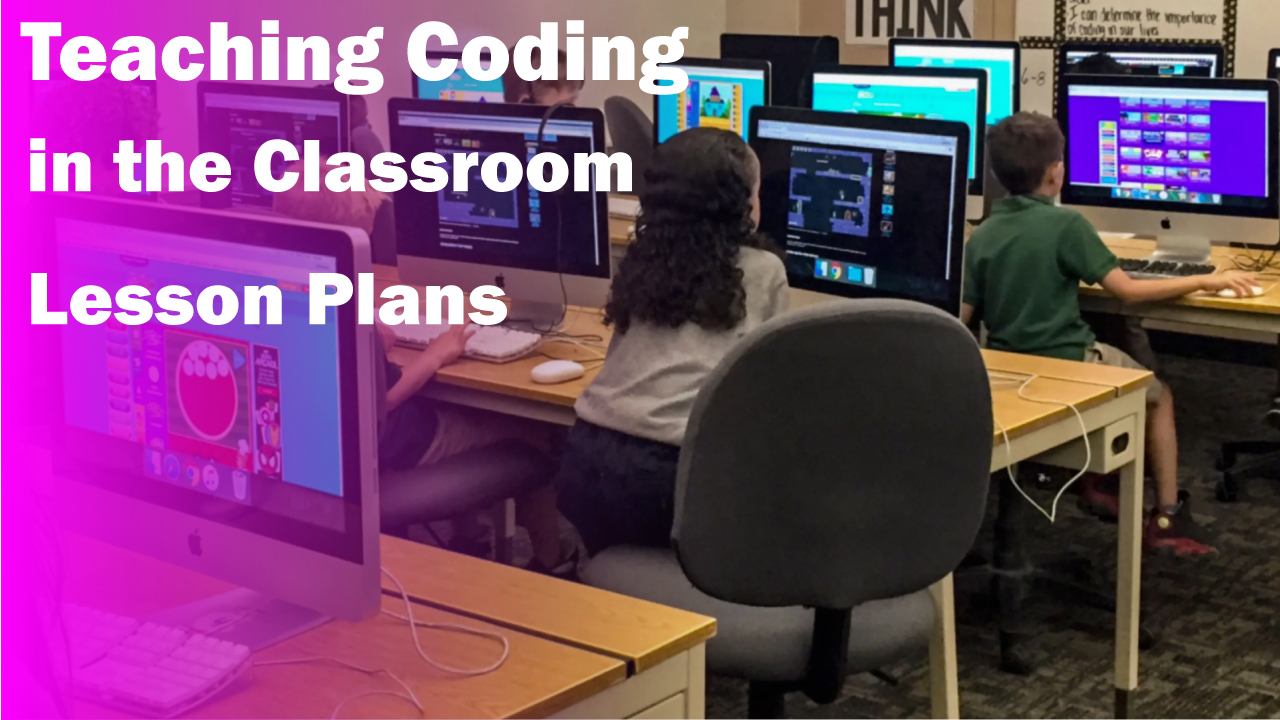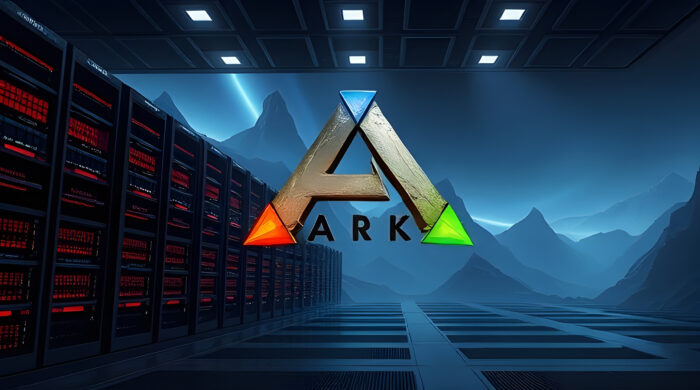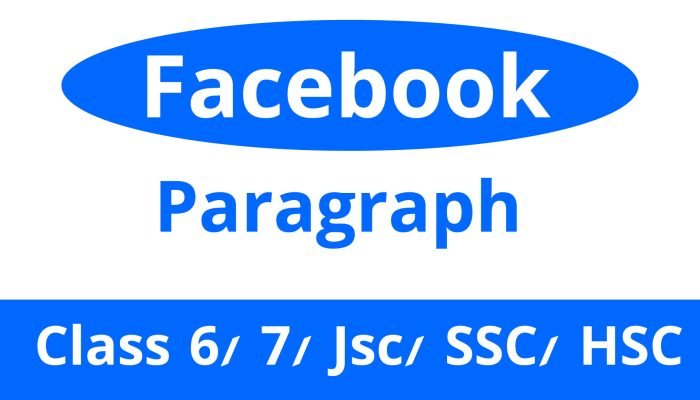Empowering Future Generations: Teaching Coding in the Classroom Lesson Plans

Computer programming has developed into a crucial ability, similar to reading and writing, in today’s digitally driven society. Technology is developing at an unprecedented rate, and the educational system must keep up. It is not only a choice, but a need, to teach coding in the classroom using organized lesson plans. In this article, we’ll discuss the value of teaching coding in schools and offer tips for creating engaging lesson plans.
Digital literacy is required in the digital age.
A new era of automation, artificial intelligence, and digital transformation has been ushered in by the Fourth Industrial Revolution. Students must be digitally literate in order to prepare them for the opportunities and challenges of the future work market. The core of this literacy is coding, the computer language.
Students’ problem-solving abilities, logical reasoning, and creativity are all enhanced when coding is introduced in the classroom. It gives them the ability to invent, create, and actively use technology. Additionally, coding education is not just for aspiring programmers; it is a skill that improves cognitive capacities and is useful in a variety of industries.
Creating effective lesson plans
The secret to a successful coding education in schools is effective lesson design. Here are some crucial factors to take into account:
Establish Specific Learning Objectives: Know exactly what you want pupils to learn from the outset. Establish clear objectives for each course, such as mastering fundamental programming principles or finishing a coding project.
Start Simple: For newcomers, learning to code might be scary. Start with simple languages like Python for advanced pupils or Scratch for young beginners. Make sure the level of difficulty corresponds to the age and past knowledge of the students.
Practical Skills: Coding is a useful skill. Encourage students to experiment, write code, and find solutions. Offer chances for practical coding projects and exercises.
Real-World Applications: Demonstrate to pupils the practical uses of coding. Describe the applications of coding in many fields, such as game development and data analysis, and how these applications might result in rewarding job prospects.
Feedback and Assessment: Regularly evaluate students’ progress and offer helpful criticism. To determine their level of understanding and development, think about employing tests, coding challenges, and peer reviews.
Include Creativity: Coding is about producing something original, not just writing lines of code. Encourage your kids to use their imagination when creating games, websites, or solutions to practical issues.
Keep Up: Technology changes quickly. Utilize the most recent programming languages and tools in your curriculum for computer programming. To keep informed, attend workshops and conferences.
Benefits for Students and Teachers
Both teachers and students gain from classroom coding lessons. When teachers see their pupils acquire crucial skills for the future, they feel fulfilled. They improve their own digital literacy as well.
Students that study coding have access to fascinating job opportunities. It increases their self-assurance, capacity for problem-solving, and capacity for critical thought. Additionally, it promotes a growth mentality by showing students that innovation and learning may both be facilitated by failure.
Conclusion
It is an investment in the future to include coding in lesson planning for the classroom. It educates students for a wide range of employment choices and gives them the tools they need to thrive in the digital world. The secret to a successful coding education is effective lesson design that is based on precise objectives and practical experiences. Educators can enable the next generation to code their way to a better future by doing this.



























